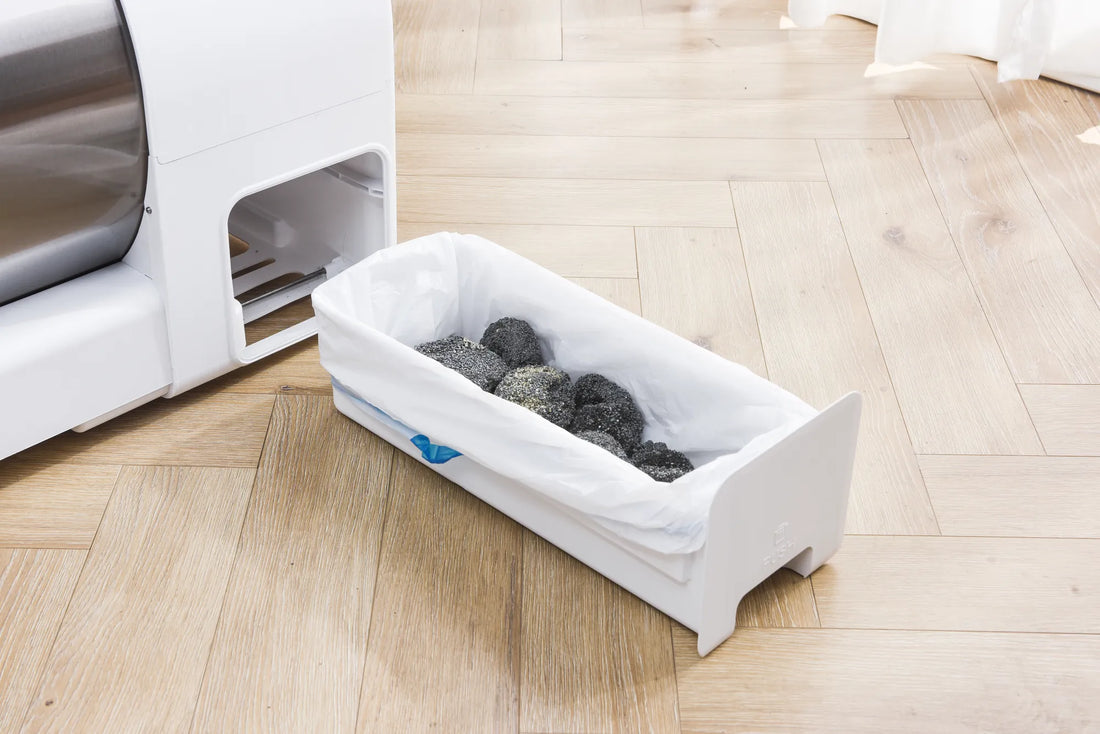When your cat starts peeing outside the litter box, it can be both frustrating and concerning. This behavior, known as inappropriate elimination, is one of the most common reasons cat owners seek advice. Understanding the underlying causes and implementing effective solutions can help restore harmony in your home.
Understanding the Behavior
Cats are naturally clean animals, and they usually prefer to use a litter box for their bathroom needs. However, when something is amiss, they may start peeing outside the box. This behavior can be a sign of various issues, ranging from medical problems to environmental stressors.
Medical Causes
One of the first things to consider when your cat pees outside the litter box is whether there is an underlying medical condition. Urinary tract infections (UTIs), bladder stones, and kidney disease can all cause discomfort and lead to inappropriate elimination. If your cat is experiencing pain while urinating, they may associate the litter box with discomfort and avoid it.
Diabetes and hyperthyroidism are other medical conditions that can increase urination frequency, making it difficult for your cat to reach the litter box in time. If you notice any changes in your cat's urination habits, it's essential to consult a veterinarian to rule out these potential health issues.
Behavioral Causes
If medical causes have been ruled out, the next step is to consider behavioral factors. Cats are sensitive creatures, and changes in their environment can lead to stress and anxiety, which may manifest as peeing outside the litter box. Common stressors include moving to a new home, the introduction of a new pet or family member, or even changes in the household routine.
Territorial marking is another behavioral cause. Unneutered male cats are particularly prone to marking their territory by spraying urine. However, spayed or neutered cats can also exhibit this behavior, especially if they feel threatened by other animals in the household.
Litter Box Issues
The litter box itself can be a source of the problem. Cats are particular about their bathroom habits, and if the litter box doesn't meet their standards, they may choose to go elsewhere. Common litter box issues include:
- Dirty Litter Box: Cats prefer a clean environment, and a dirty litter box can be a major turn-off. Make sure to scoop the litter box daily and change the litter regularly.
- Wrong Type of Litter: Some cats are picky about the type of litter they use. Experiment with different textures and materials to find one that your cat prefers.
- Inadequate Number of Litter Boxes: The general rule of thumb is to have one litter box per cat, plus one extra. This ensures that each cat has access to a clean box at all times.
- Location of the Litter Box: Cats prefer a quiet, private location for their litter box. If the box is in a high-traffic area or near noisy appliances, your cat may avoid it.
Environmental Enrichment
Providing a stimulating environment can help reduce stress and prevent inappropriate elimination. Ensure your cat has plenty of opportunities for play, exercise, and mental stimulation. Scratching posts, climbing trees, and interactive toys can all contribute to a happier, more content cat.
Additionally, consider creating safe spaces where your cat can retreat and feel secure. This can be especially important in multi-cat households, where competition for resources can lead to stress and territorial behavior.
Positive Reinforcement
When your cat uses the litter box correctly, be sure to reward them with praise or a treat. Positive reinforcement can help reinforce good behavior and encourage your cat to continue using the litter box.
On the other hand, avoid punishing your cat for peeing outside the box. Punishment can increase stress and anxiety, making the problem worse. Instead, focus on identifying and addressing the underlying cause of the behavior.
Consulting a Professional
If you've tried various solutions and your cat continues to pee outside the litter box, it may be time to consult a professional. A veterinarian or a certified animal behaviorist can provide additional insights and tailored recommendations to address the issue.
In some cases, medication may be necessary to manage stress or anxiety. Behavioral modification techniques, such as desensitization and counter-conditioning, can also be effective in addressing inappropriate elimination.
When your cat pees outside the litter box, it's essential to approach the situation with patience and understanding. By identifying the underlying cause and implementing effective solutions, you can help your cat return to their normal bathroom habits and maintain a happy, healthy home.













